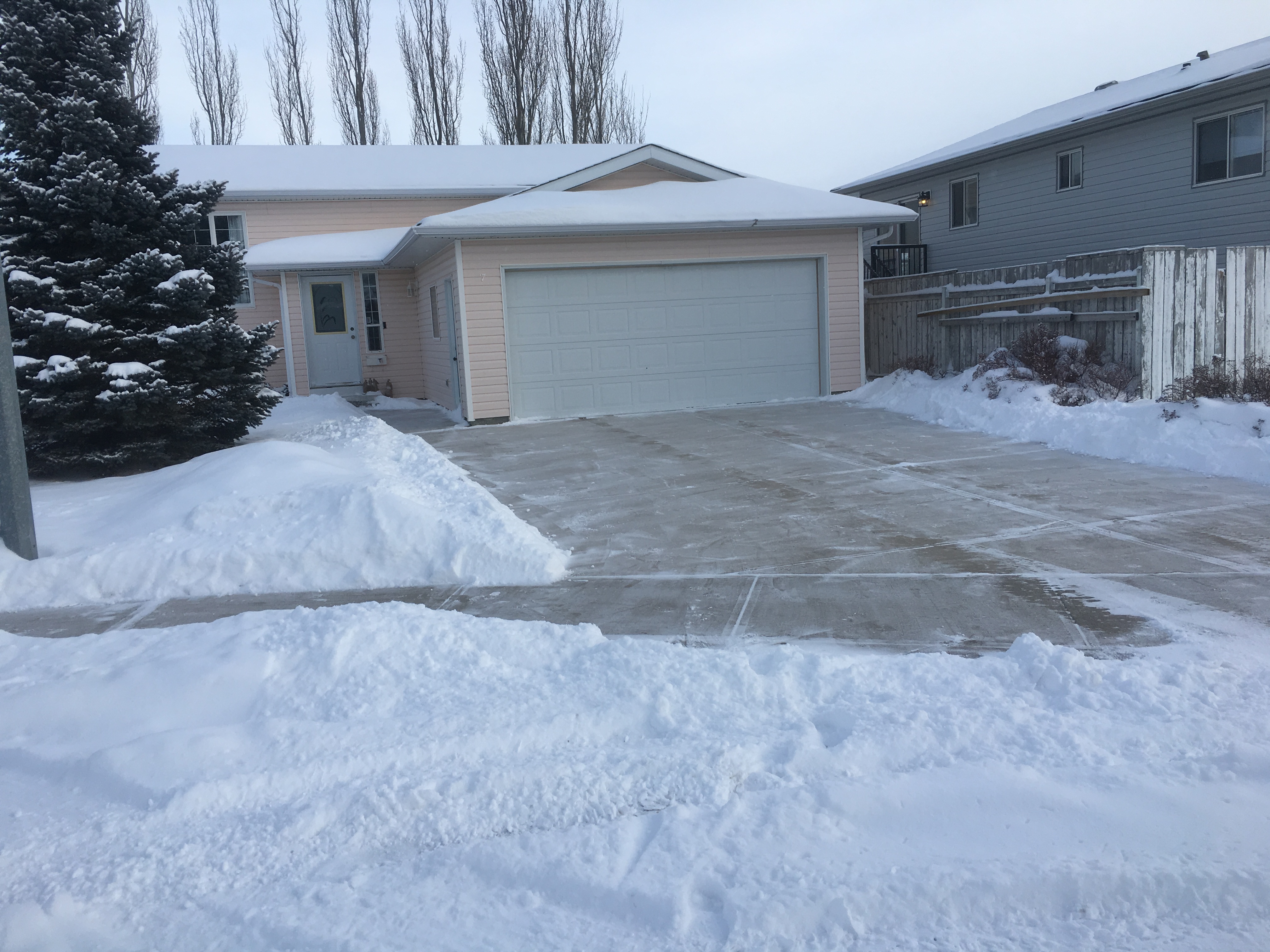Table of Contents
Spot & Treat Snow Mould in The Spring Lawn
While spring weather may still feel far away, warmer temperatures will gradually start to come again over the next month or so. While indications of spring are very exciting, this is also the time of year when winter turf damage starts to expose itself and professional services for snow clearing in Winnipeg are required. What a lot of homeowners do not realize is that long phases of damp, cold weather can build the ideal circumstances for turfgrass disease. As the snow starts to melt, homeowners should keep a watch of snow mould.
What is Snow Mould and How is it Spotted?
Snow mould is a common turfgrass disease that usually develops in northern turf grass type during the early spring after the snow melts. It results in patches of discolouration in the grass, often highlighted by strands of webby, fungal material known as mycelium on the lawn.
Homeowners generally observe spots of discolouration on their lawn indicating the existence of either pink or gray snow mould. Gray snow mould usually emerges in patches that are light brown, gray, or straw-coloured that are typically less than ten inches in diameter. Such patches can combine together to create one big pattern. Pink snow mould usually emerges in patches that are yellow, tan or salmon-coloured, with the external edges emerging pink. Such patches are usually 1 – 8 inches in diameter, but they can even form into bigger patterns.
What Results in Snow Mould?
As per the specialists for snow blowing in Winnipeg such as The Sodfather, gray snow mould necessitates snow coverage for the disease to be prevalent. This generally signifies snow coverage that was there for at least ninety days. Alternatively, pink snow mould is common during temperatures of roughly sixteen degrees Celsius and in regions prone to more alkaline soil.
In addition, the lawn is more at risk to the development of snow mould if it has inappropriate drainage, matted down grass, dense leaf coverage and surplus thatch present over the winter months. That’s why, following suitable cultural practices in the fall is key to averting snow mould the following spring season.
Avoiding Snow Mould
With the improvement of environmental circumstances, snow mould will normally fade away. However, following these cultural practices will make sure that the turf remains healthy and free of potentially harmful disease:
- Improve the drainage of the lawn
- Avoid leaving the grass too long over the winter
- Cut the grass until it stops growing in the fall
- Keep away from putting down late applications of fertilizer in the fall
- Apply just reasonable levels of nitrogen fertilizer in the fall
- Take away all debris from the lawn
- Manage thatch build-up by raking or aerating the lawn in the fall
Treating Snow Mould
While averting snow mould is the lawn’s best protection against harmful disease, it is also vital to know what to do if the lawn becomes affected. It is worth hiring specialized services for snow clearing in Winnipeg from the experts such as The Sodfather. If you ever have queries about the condition of the spring lawn, contact The Sodfather today!


